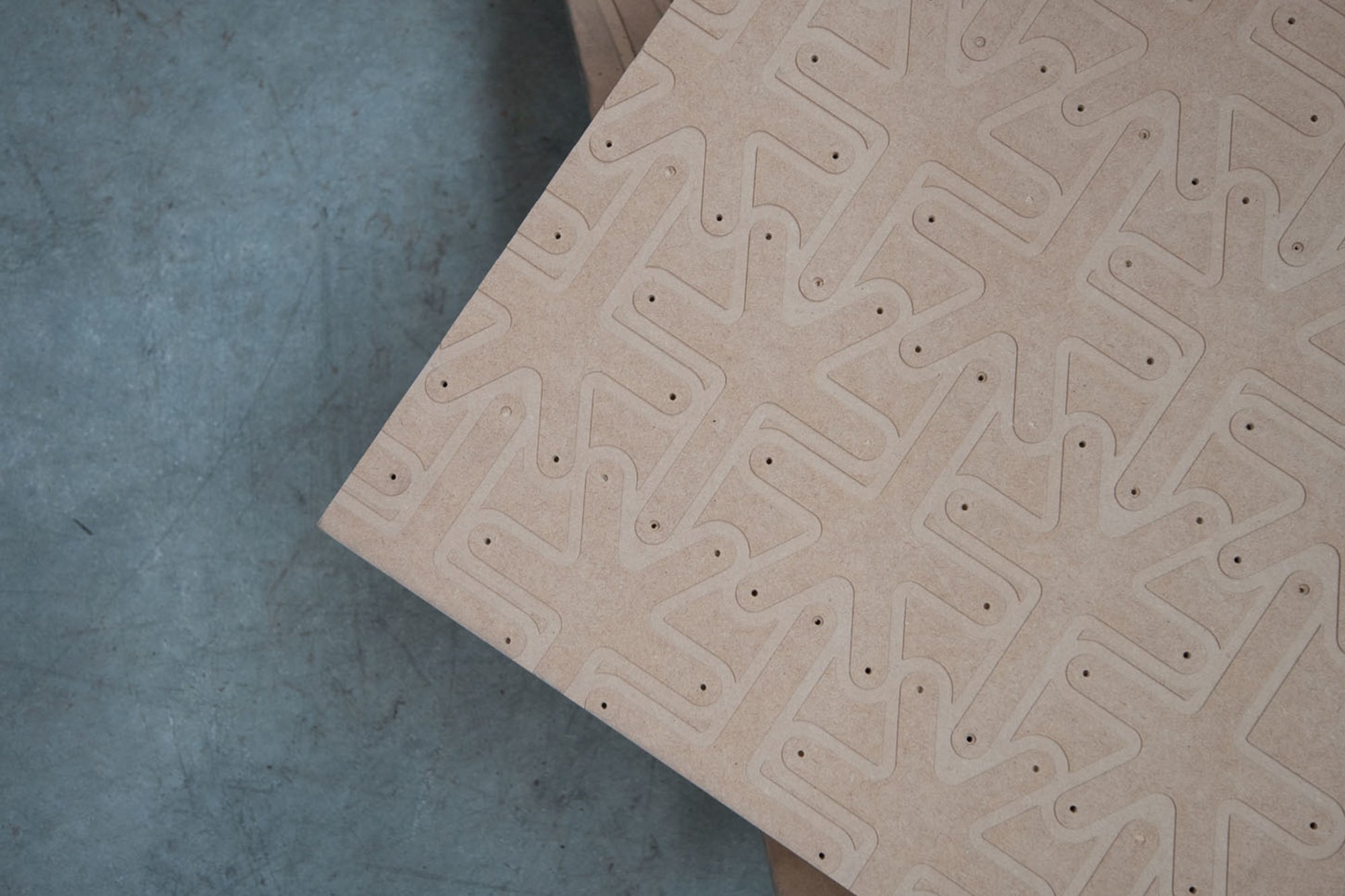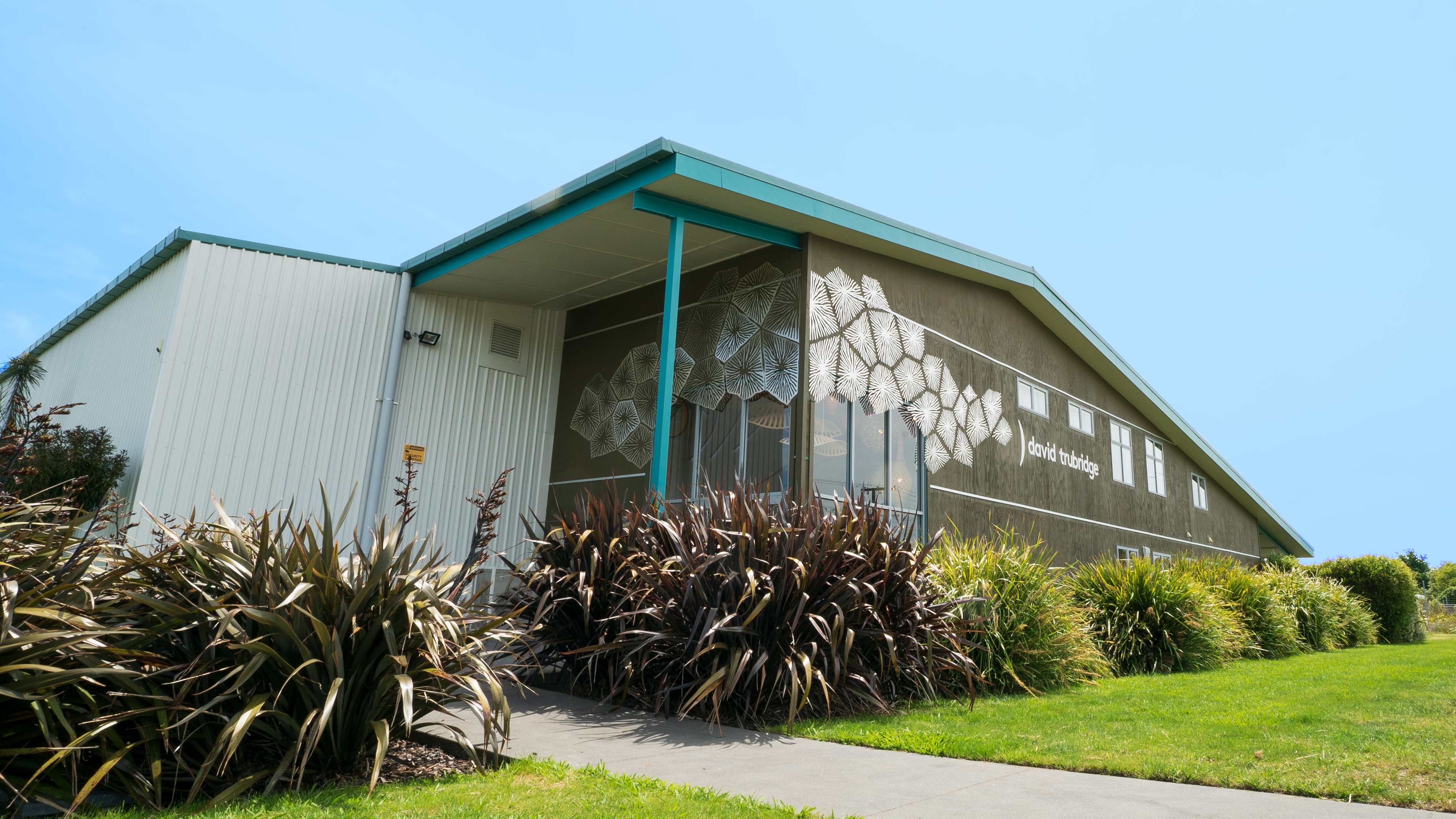Being sustainable means being able to do something forever. Sadly there is precious little about our lives that can be continued forever because of the finite and limited nature of resources. In the company we do not like to talk about impossible ambitions, so we have set our goals to be:
Nourishment, Nature and our Ethos
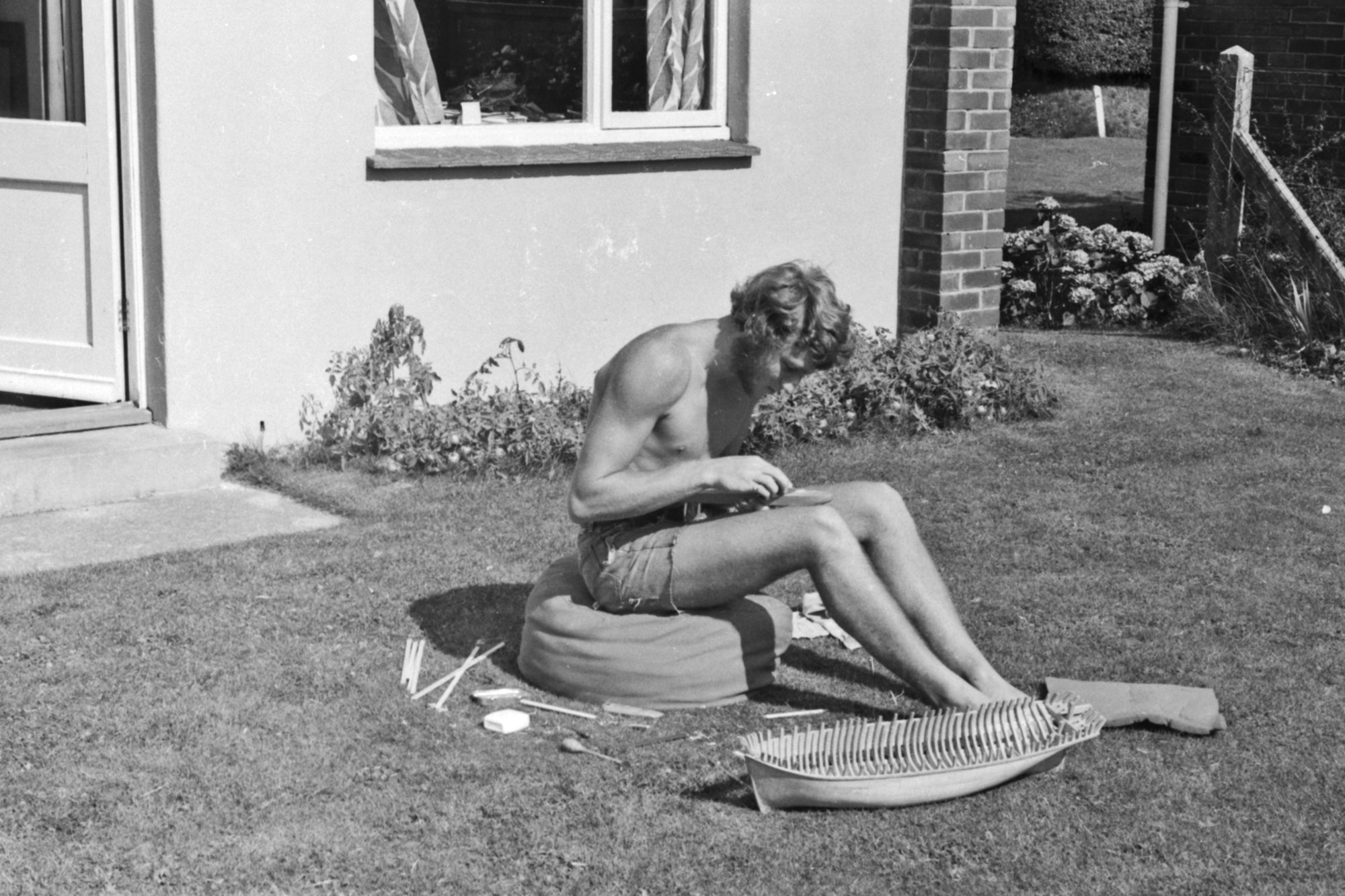
From David's beginnings as a forester and furniture maker, a deep connection to nature was built.
His sea-fearing journies around the world gave him and an even deeper respect for nature. With his young family in the 80's they stayed onshore in various pacific islands which gave him an awareness of living in harmony with the earth.
The company is no different, every single product is the result from inspections and inspirations from mother nature.
The processing and manufacturing of our designs is done environmentally as possible.

The continual improvement of our care for environment and people
Because total sustainability cannot be reached, it is important that we don’t rest on our laurels, but are always looking for ways in which we can reduce the detrimental effects of what we do.
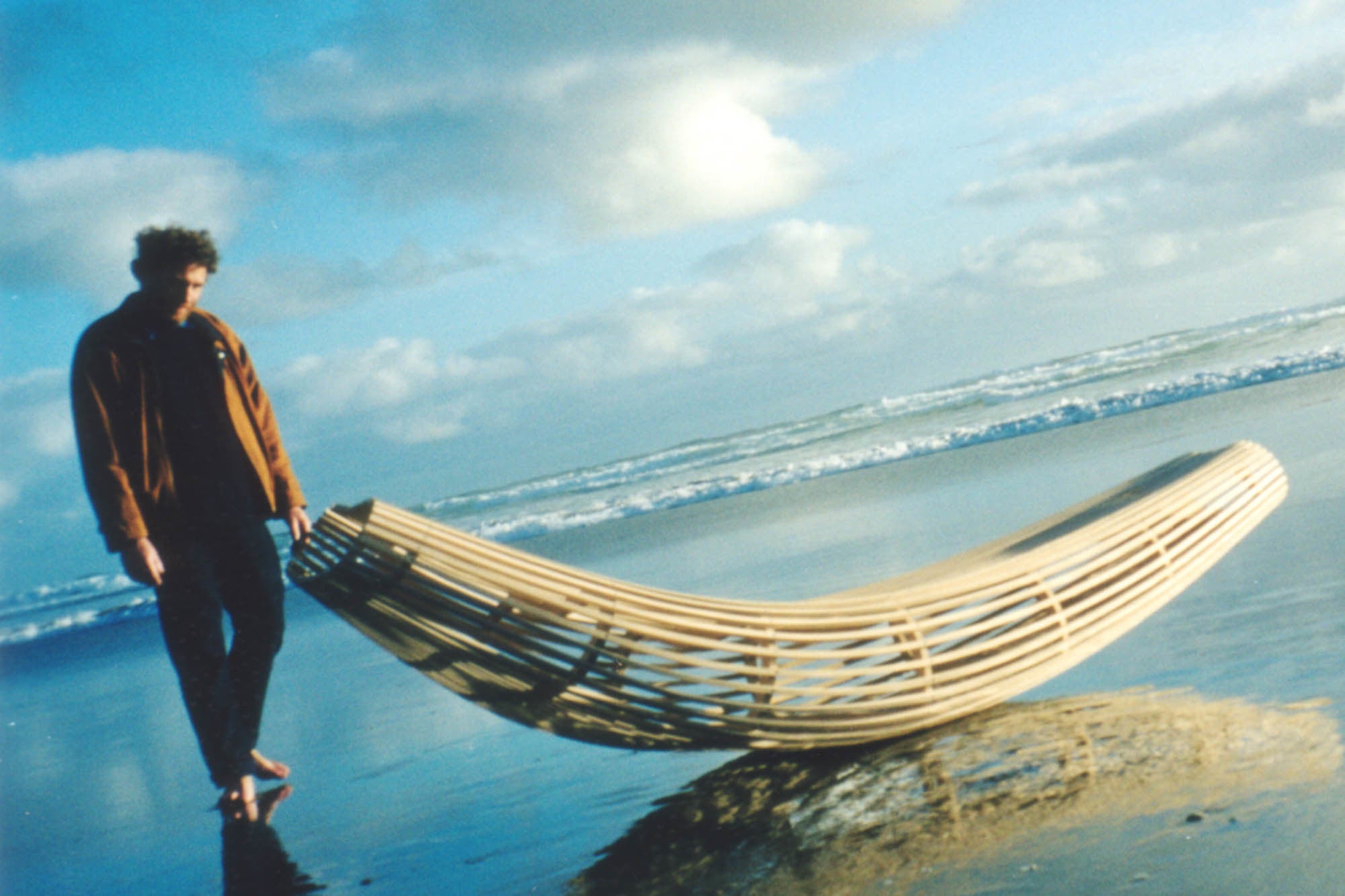
To be open and honest
About how we do this: to not just tell the stories that we are proud of, but also those that are less flattering. In the process we seek to educate customers about the issues. Doing this is not easy and presents us with the dilemmas of conflicting choices: every decision is a balancing act between an improvement and its adverse side effects. How do you compare and evaluate options?
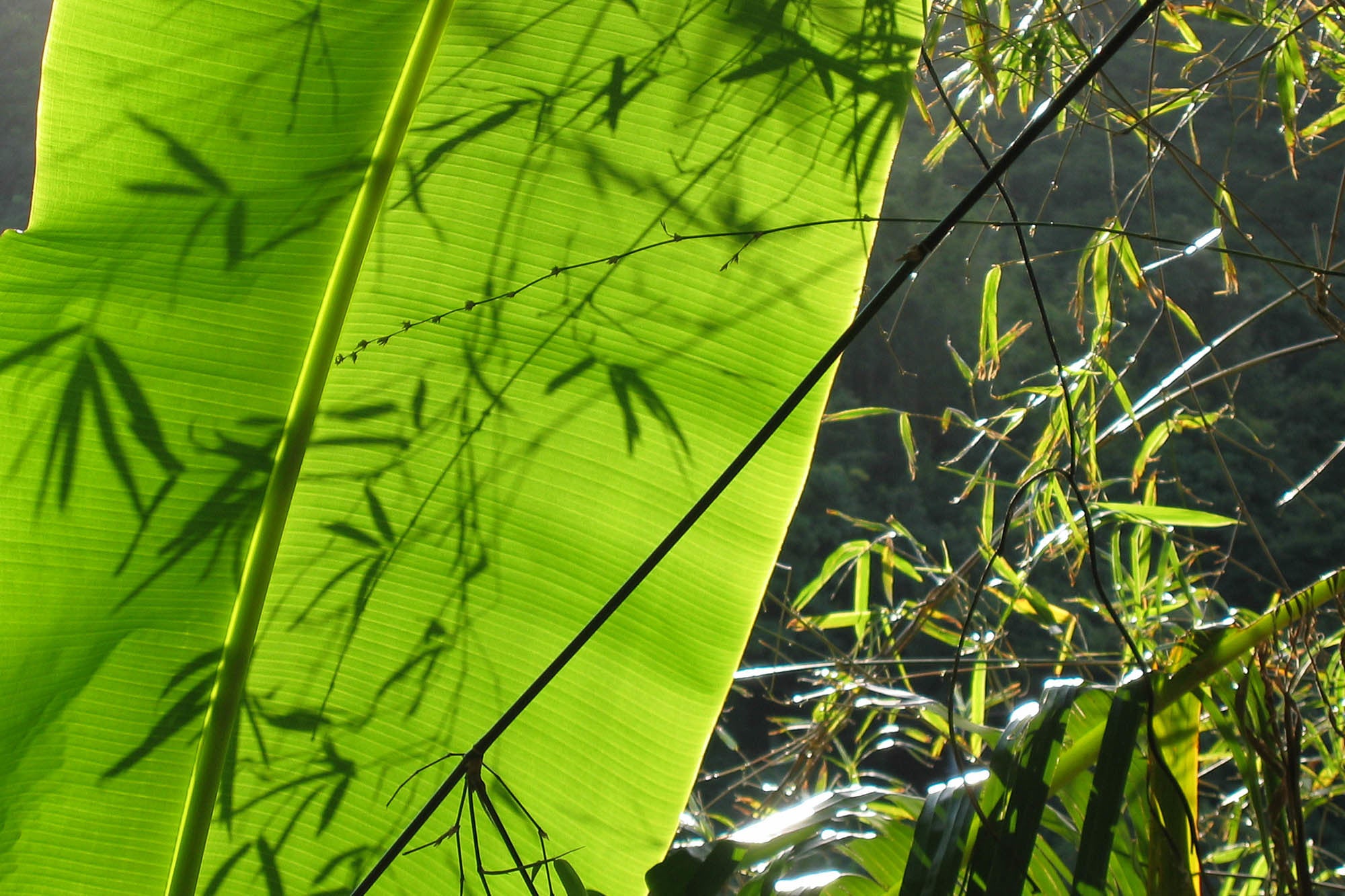
Material Choices
The bamboo we use is a secondary resource from Chinese plantations grown for food. It used to be burnt as waste; it is fast growing and quickly replenished—all good. But converting a round tube into a flat sheet requires lots of machining and gluing in a country where most electricity is coal-generated—not so good.
In comparison, our birch ply is made from sustainably managed logs peeled into veneers with virtually no waste—good. But it is shipped from Finland—bad! Or we could buy cheaper basswood ply, also from China, but it is sourced from clear-felled virgin forest—even worse.
Sadly there is nothing made in New Zealand that comes near to being of any use to us. These are the dilemmas we face.

Minimise
One of the best ways to reduce impact is to minimise the amount of material used. Our lights are designed so that a strong structure is created with small pieces of extremely thin material.
They are also all kitset, which means that the freighting volume is massively reduced: on average 40 kitset boxes take up the same volume as a single assembled light. Then you, the user, is given the sense of fulfilment of making the light.
It is proven that when we have made something ourselves we love it more and keep it for longer.
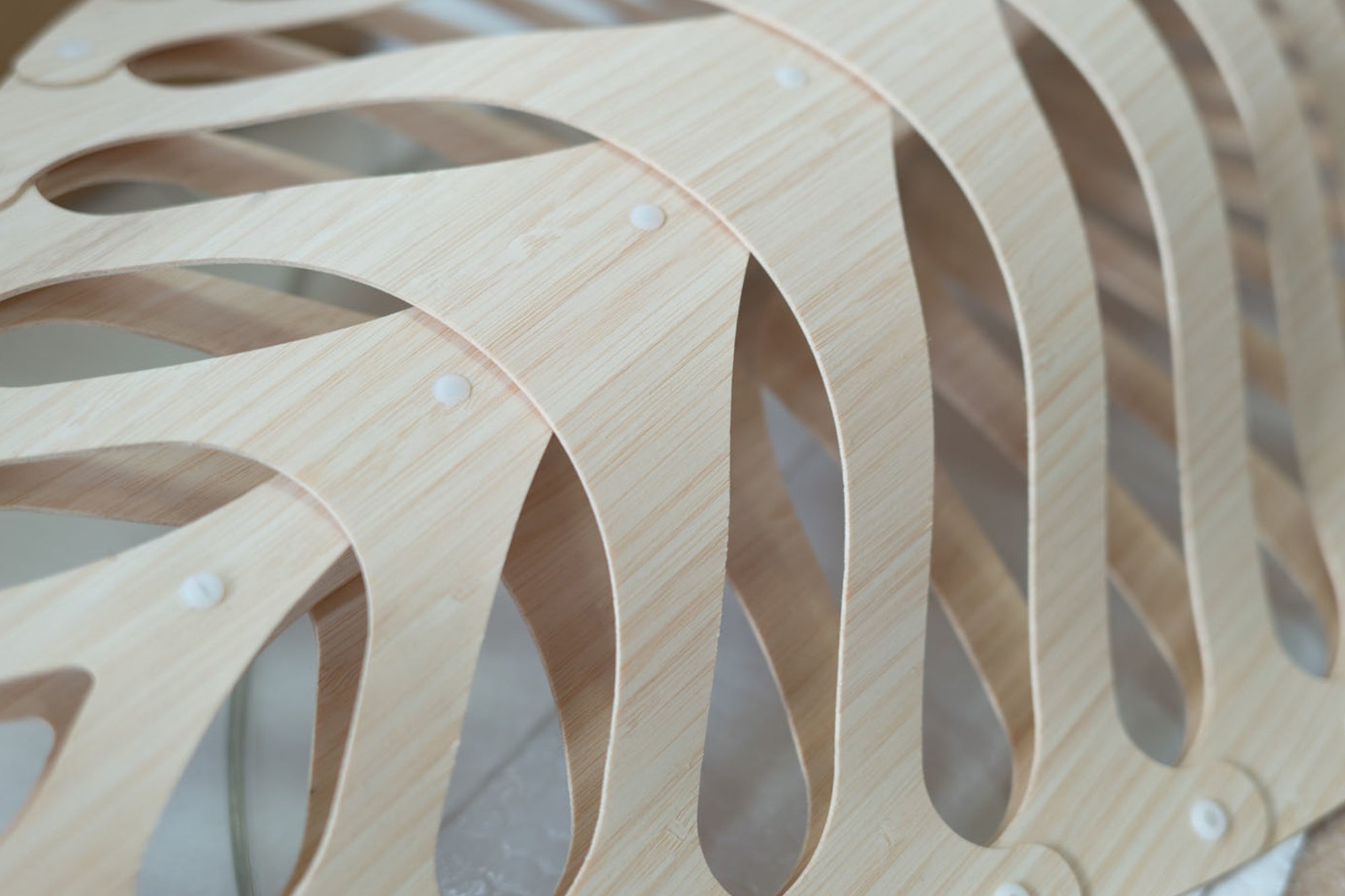
Timeless Design
We do not follow trends: designing for fashion encourages ‘churn’ which is wasteful of resources. We try to create classic designs that will still be in use in 50 years time, like the designs of the mid century Modernists. We want you to keep and cherish your light. And if you ever damage it we will generally supply replacement parts free of charge.

Plastic
Over recent years we have progressively removed plastic from our operation except for the nylon clips used to assemble the lights, the bulb holders/cables and the diffusers on Navicula and Maru. We are working with a science lab to develop an organic alternative for the clips. We believe that plastic elimination, not recycling, is essential because microplastics, whether they are new or recycled, are equally harmful to humans and nature.
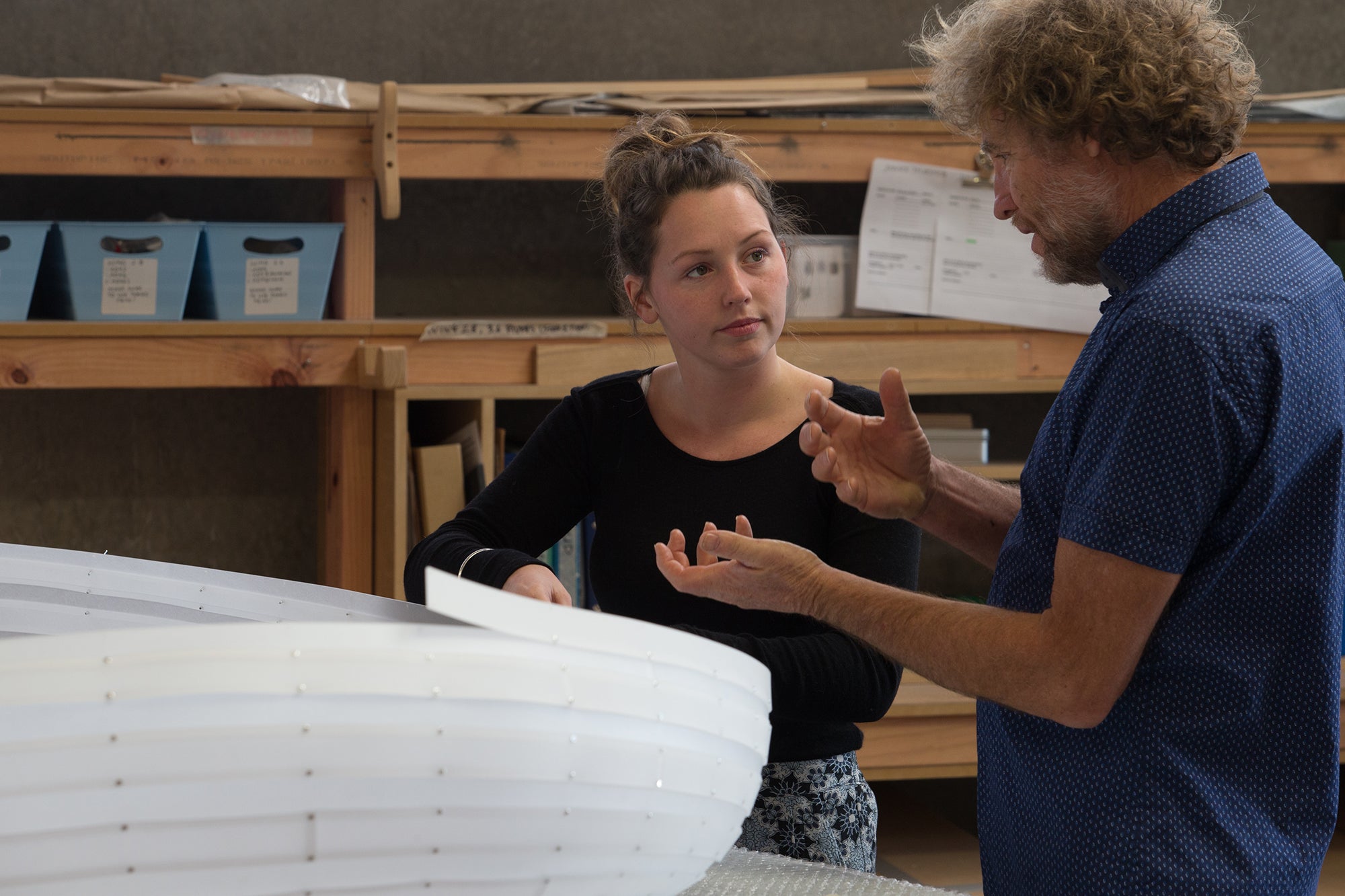
Influencing
We believe that connection to nature is vital. Surrounding ourselves with synthetic products severs us from nature and generates a false sense of hubris, even invincibility. If we are connected to nature we will care more for it and understand how vital its health is for our health: it is a reciprocal process where each can replenish the other. So we try to bring nature indoors by using the beauty of wood designed with the patterns and textures of the forest. This has been scientifically proven to improve our psychological and physical health.

People
We care for people as much as we do for nature. After all, we are all nature! We care for our customers by not using toxic materials. And we care for those that work in the company by paying a certified ‘Living Wage’, allowing family to come first, providing surgical health insurance and being ahead of all Health and Safety requirements.
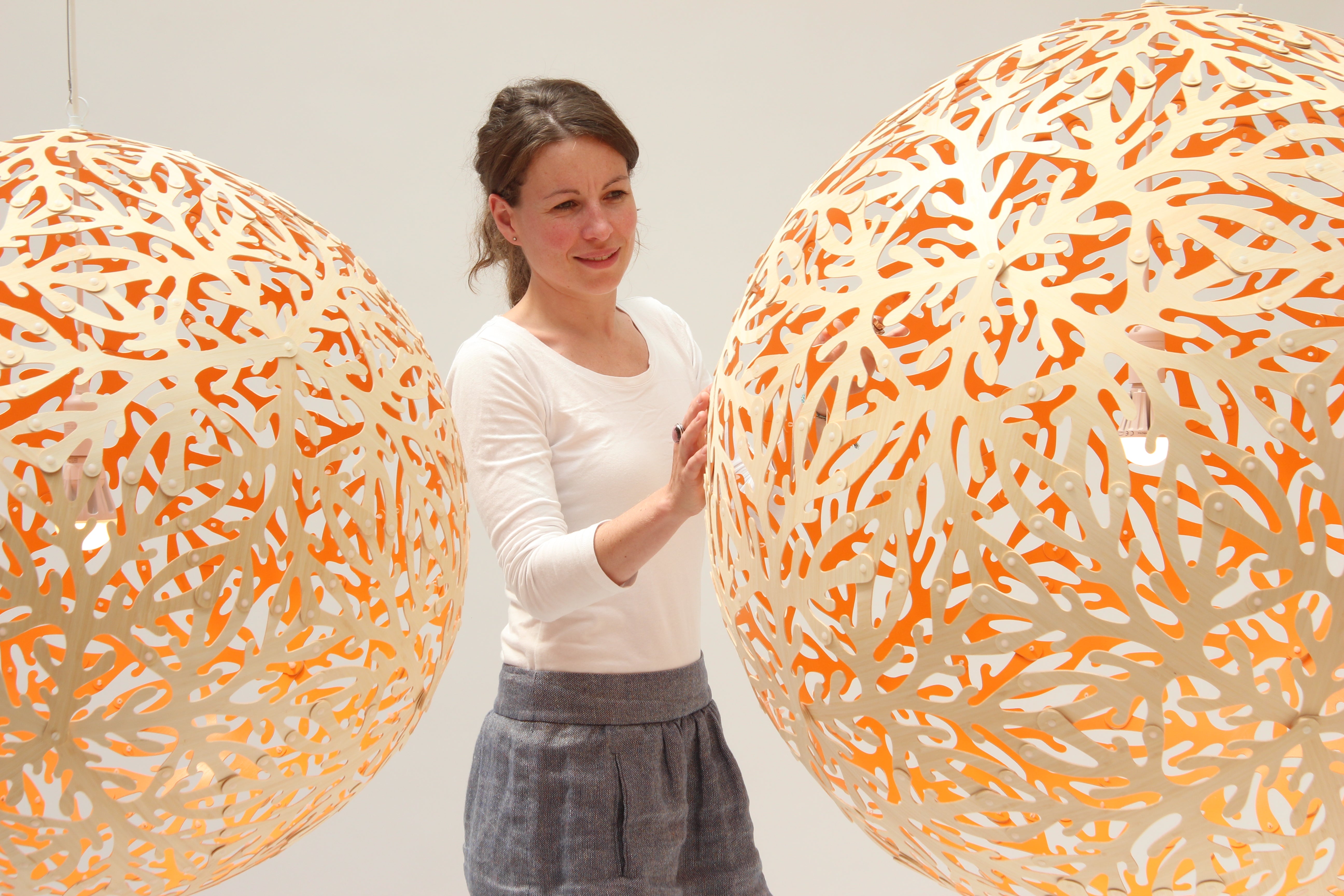
Energy
We purchase our electricity from a company which generates entirely from renewable sources. Both our company cars are electric including our delivery van.

Certification
We were the first Australasian company to offer EPDs (Environmental Product Declarations) for our designs. We also have LCA (Life Cycle Analysis) data for our lights and are in the process of registering them with the US Declare label.
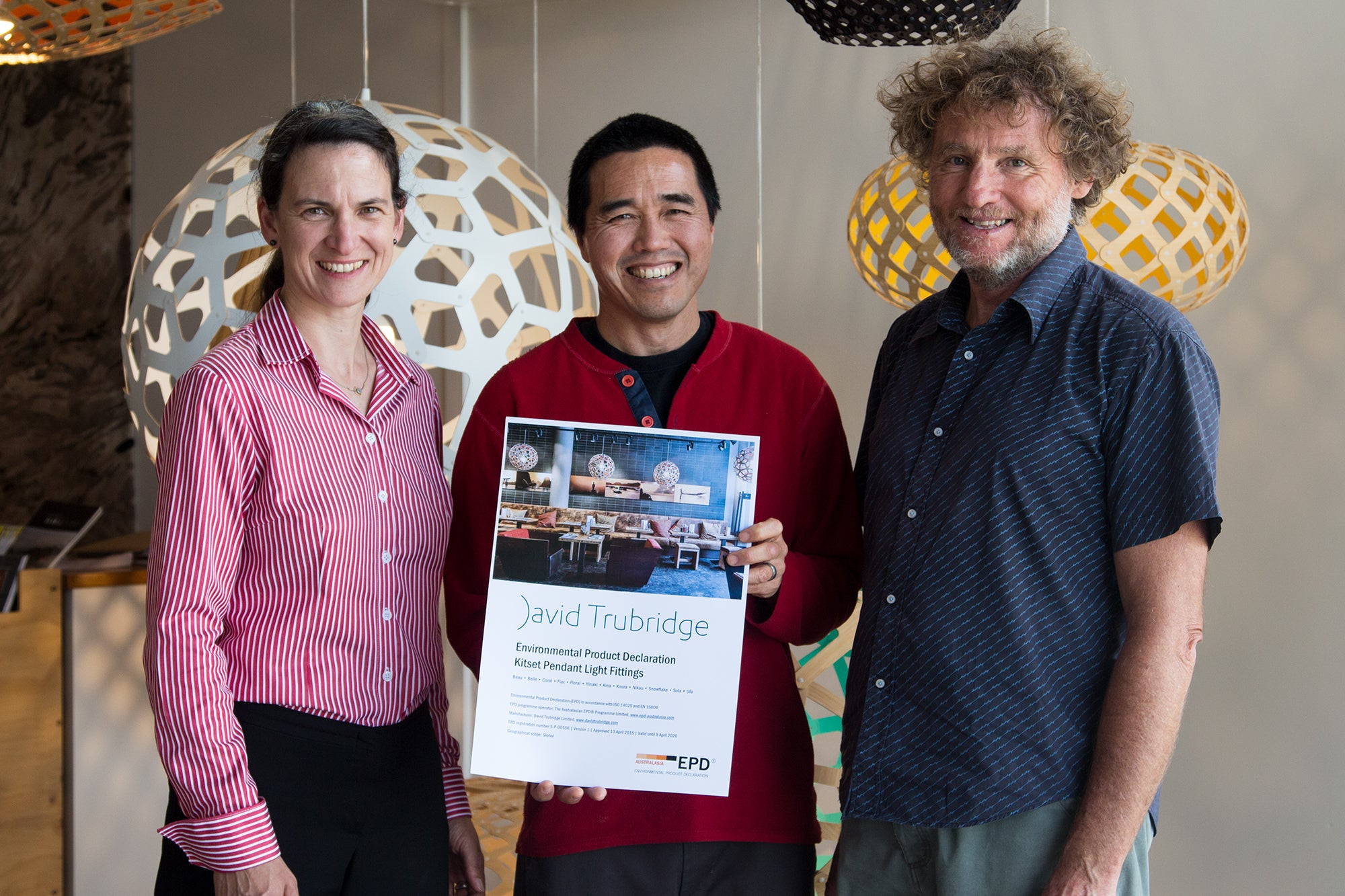
Carbon
We have just done an audit of the company’s carbon emissions. The next stage is to develop ongoing carbon reduction targets.

Giving back
We endeavour to give back to the community and to nature as much as we can. Part of this process is financing educational activities with children who will learn about the need to care for nature. We fund a local tree planting and beach clean-ups. In all, we give away about 5-10% of our profits.
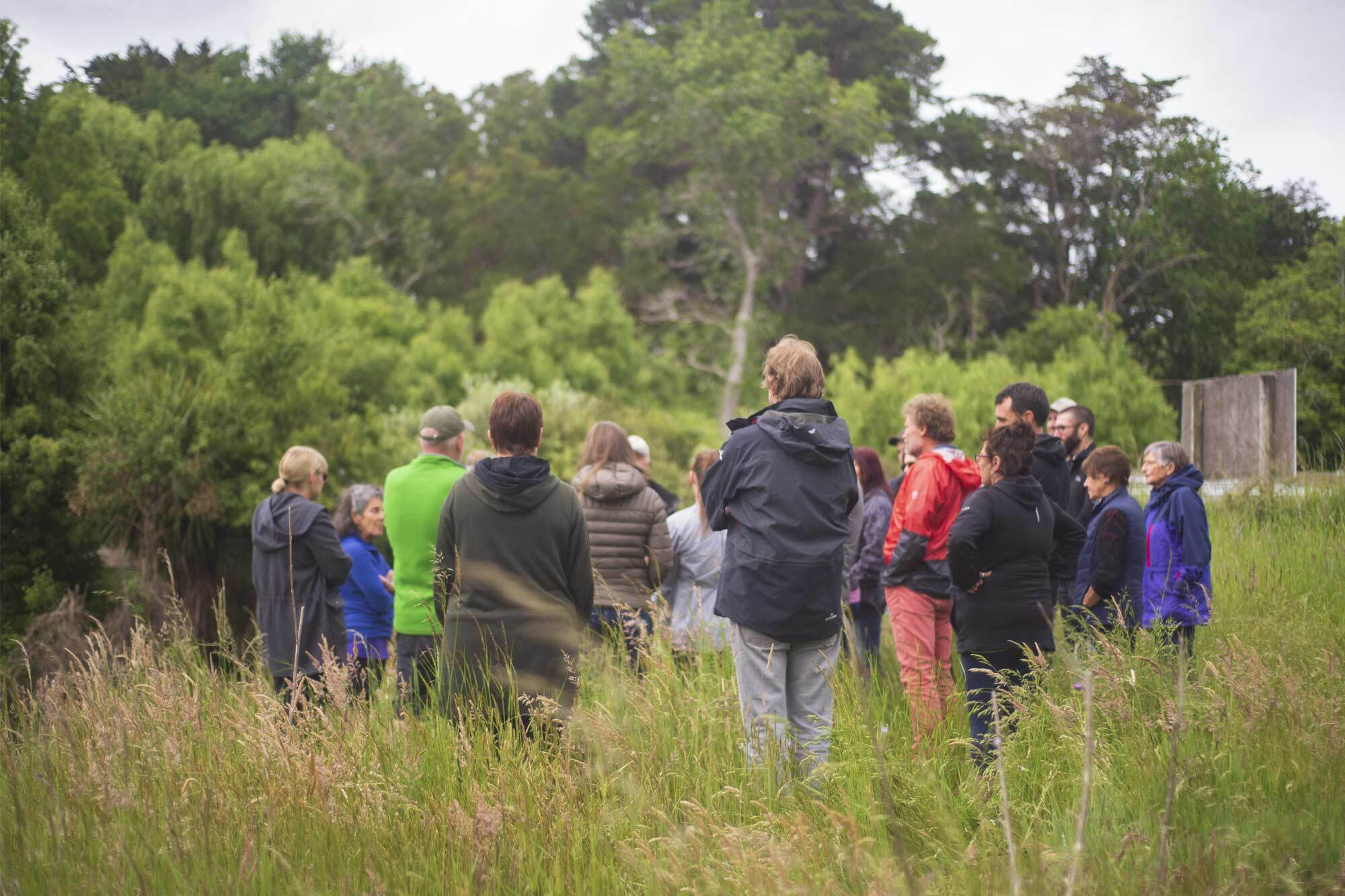
Waste
Our factory produces one small bin of, mostly kitchen, waste a week for landfill. Everything else is recycled: metals, plastics, cardboard, all the beer bottles from our wild parties; while all the wood offcuts and dust are burnt in an incinerator that generates electricity.
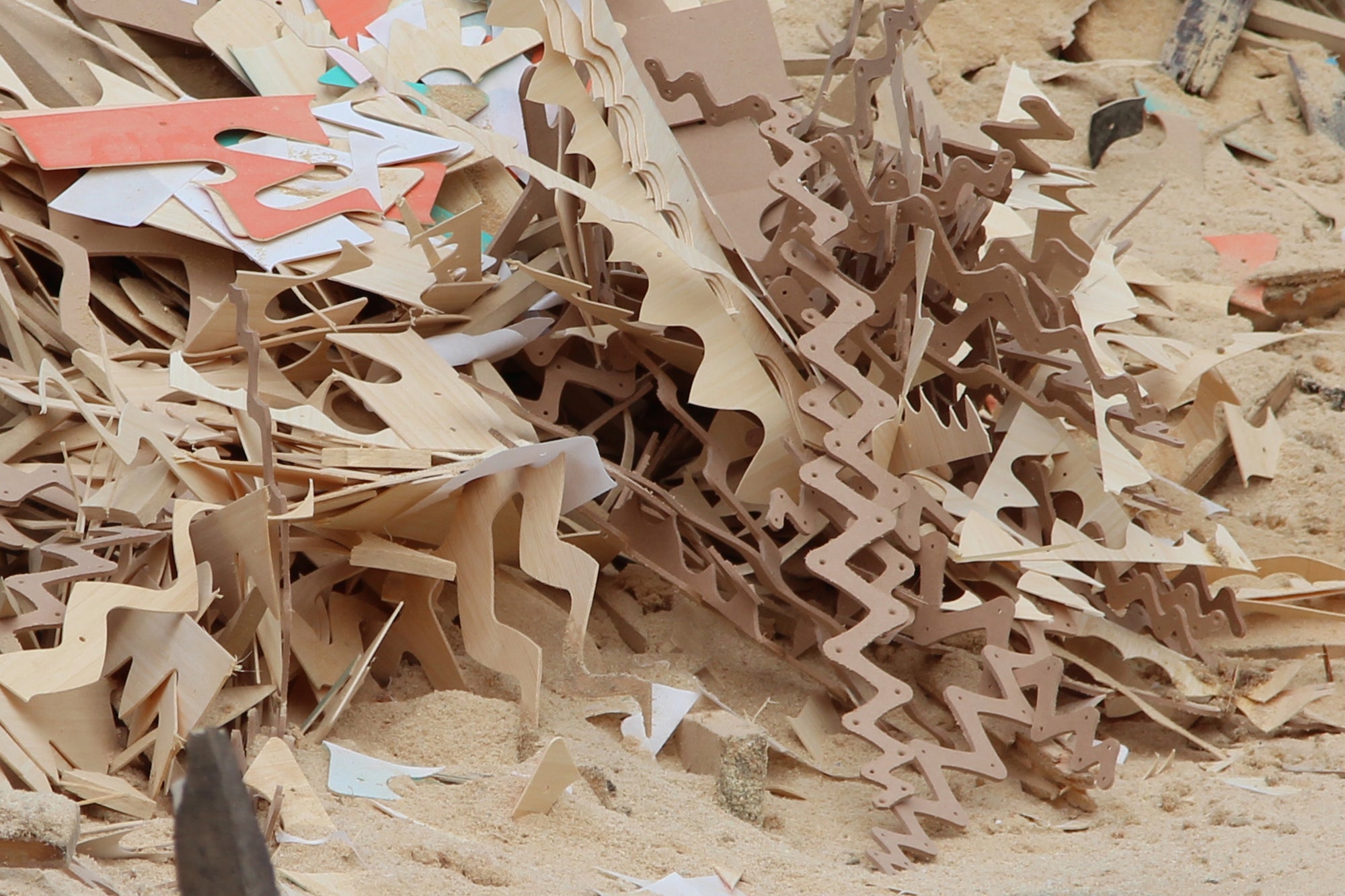
End-of-Life
This is our hardest one. With care the plastics can be separated and recycled. Wood of course will rot back into soil taking its carbon with it. But plywood contains glues and sometimes a thin layer of paper which is partly made with polyester. Many of our lights are painted. These do not rot. So the plywood is neither degradable nor recyclable and can only be burnt in a proper incinerator. All we can do is make them so beautiful that people will never throw them away! Here again is the conflict: do we use wood with all its physical and psychological benefits, along with its storage of carbon, even when its end-of-life story is not good? The choice is yours.
